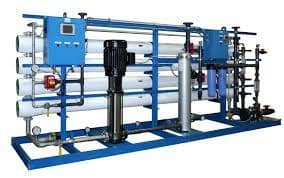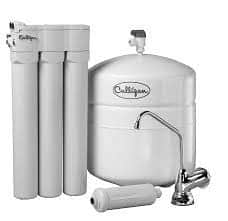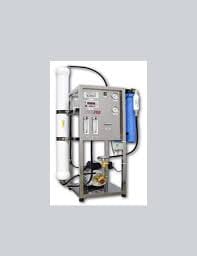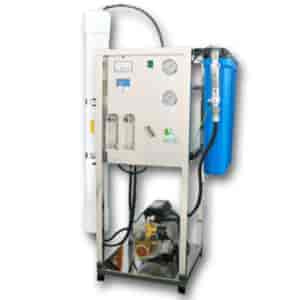RO Plant System
Buy on whatsappDescription
1. What is an RO Plant System?
An RO plant system, also known as a reverse osmosis plant system, is a water treatment method used for purifying water by removing contaminants. It utilizes a semi-permeable membrane to separate impurities, particles, and dissolved solids from water, resulting in clean and pure drinking water.
2. Working Principle of RO Plant Systems
The working principle of an RO plant system is based on the concept of reverse osmosis. It involves applying pressure to force water molecules through a semi-permeable membrane, leaving behind impurities. The membrane has tiny pores that allow water molecules to pass through while blocking larger molecules, ions, and contaminants. This process effectively removes salts, minerals, bacteria, viruses, and other pollutants, ensuring high-quality drinking water.
3. Benefits of RO Plant Systems
RO plant systems offer several benefits for water purification:
- High-quality water: The reverse osmosis process ensures the removal of impurities, resulting in clean and safe drinking water.
- Improved taste and odor: RO systems eliminate unpleasant tastes and odors caused by chemicals or organic compounds in the water.
- Reduced health risks: By removing contaminants, RO plant systems help reduce health risks associated with consuming polluted water.
- Cost-effective: Investing in an RO plant system can save money in the long run by eliminating the need for purchasing bottled water.
- Environmental-friendly: RO systems reduce plastic waste by providing an alternative to single-use plastic bottles.
4. Components of an RO Plant System
An RO plant system typically consists of the following components:
- Pre-filtration system: This removes larger particles, sediments, and debris from the water before it enters the RO system.
- Reverse osmosis membrane: The heart of the RO system, the membrane separates impurities from the water.
- Pressure pump: It provides the necessary pressure to force water through the membrane.
- Storage tank: This tank stores the purified water for future use.
- Post-filtration system: Sometimes, additional filtration is employed to further enhance the quality of the purified water before consumption.
5. Maintenance of RO Plant Systems
To ensure the longevity and efficiency of an RO plant system, regular maintenance is crucial. Here are some key maintenance tips:
- Replace filters: Filters need to be replaced periodically to maintain optimal performance.
- Clean the membrane: The RO membrane should be cleaned periodically to remove accumulated contaminants.
- Check pressure and flow rate: Monitoring the pressure and flow rate helps identify any issues with the system.
- Regular servicing: Professional servicing and inspection of the RO system can identify and address potential problems.
6. Conclusion
RO plant systems have become increasingly popular for their ability to provide clean and pure drinking water. Understanding the working principle, benefits, and maintenance requirements of these systems can help users make informed decisions. By investing in an RO plant system, individuals can ensure access to safe and healthy drinking water while contributing to a sustainable environment.





